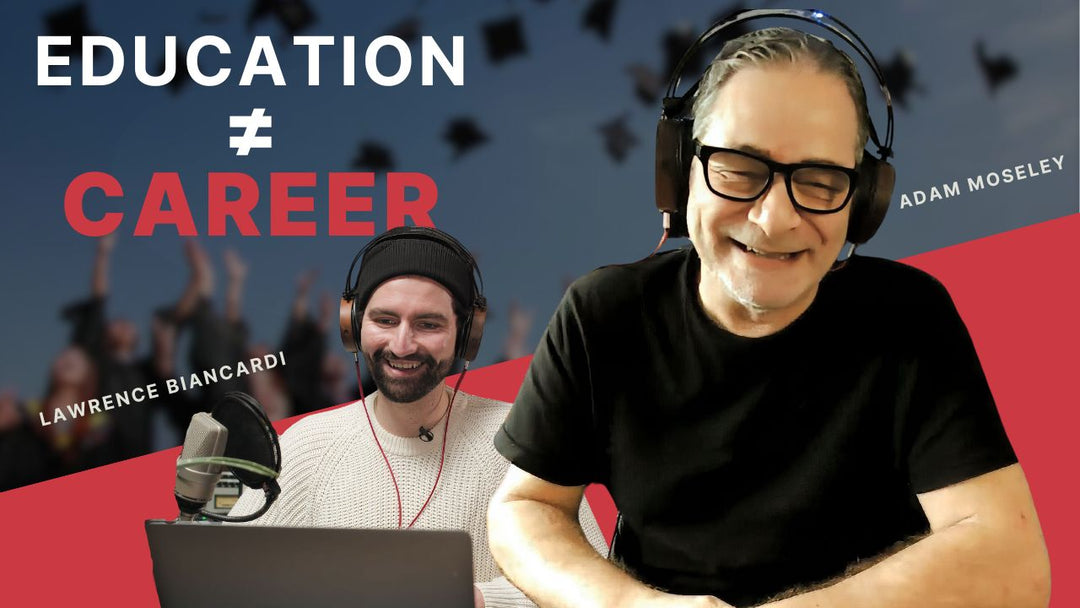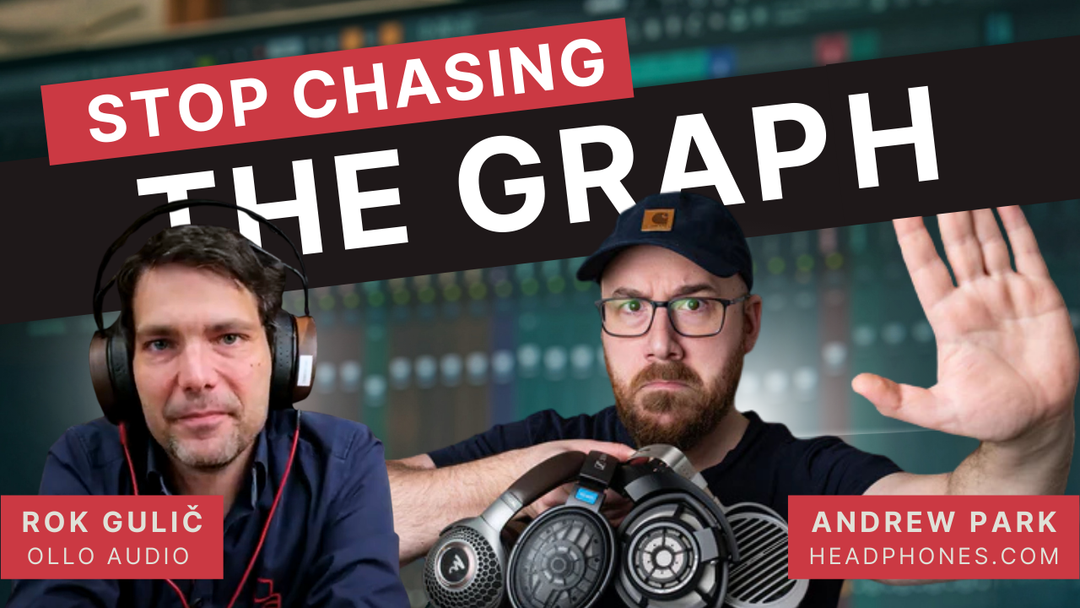OLLO Chat ft. Sie and Martin: Show Up. Stay Humble. Engineer the Impossible.
Welcome to another episode of OLLO Chat. We don’t run these podcasts often, but when we do, it’s always something special.
Today, we’re joined by two brilliant engineers, Sie Medway-Smith (who worked with Björk, Chase & Status, Basement Jaxx, and Yoko Ono) and Martin Roberts (who’s worked with Depeche Mode, Dua Lipa, M83, and Shawn Mendes).
They’re not just incredible at what they do; they’re also proud ambassadors of OLLO Audio. We’re grateful they took an hour out of their day to share their insights, stories, and experiences with the OLLO community. Let’s dive in.
From Tea Maker to Chief Engineer: Sie’s Journey
Sie has been working in music and audio engineering for nearly 30 years. Starting out in East London studios as a tea maker and tape operator, he gradually moved up to become a chief engineer, producer, and mixer. Over time, he realized that traditional “on-the-job” apprenticeships like those early studio roles have mostly vanished. Nowadays, many aspiring engineers rely on university degrees, but Sie points out that these often lack the practical experience that’s essential in the real world.
Why Real-World Experience Matters More Than Classroom Learning
“What you learn in a classroom can’t replace the mindset and soft skills you develop by working with people under pressure,” he explains. Sie recently launched an online academy to fill this gap, sharing real-world wisdom that goes beyond textbooks.
“Worthy of the Room”: The Key to Professional Respect
One idea that stood out during the conversation was the concept of being “worthy of the room” — a phrase borrowed from producer Marc Urselli. It means more than just technical skill; it’s about professionalism, attitude, and how you show up. Martin agreed, highlighting that approachability and personality can make or break your chances. Being someone people want to work with is just as important as knowing your gear.
The Professional Beginner: Confidence Meets Humility
Both Sie and Martin described the “professional beginner” mindset: a balance between humility and confidence. It’s about embracing the fact that you’re always learning, while still acting with professionalism. This mindset separates hobbyists from those truly committed to building a career. Sie sums it up simply: “You have to own it. If your passport says you’re a music producer, then you show up like one every day.”
Martin’s Path: From Home Studio to Pro Engineer
Martin’s path to engineering was shaped by growing up in a musical family and experimenting with home studios. Although he didn’t love formal education, he picked up valuable skills by working various music-related jobs and pushing forward with his own projects. A supportive partner and seizing opportunities helped him take the leap into the professional world.
The biggest takeaway? Success in audio engineering is as much about who you are and how you work with others as it is about technical chops. Lifelong learning, mentorship, and confidently owning your place in the room make all the difference.
Behind the Scenes with Sie and Martin: Crafting a Taiko Drum and Modular Synth Album, and the Magic of Headphones
When I started digging into the work of Sie and Martin, one thing that really caught my eye was a fascinating project involving the legendary Japanese Kodo drummers. If you’re into music production or just curious about how such a unique collaboration happens, you’re in for a treat.
The Genesis of the Project
About a year ago, Sie and a close collaborator, both passionate about Japanese taiko drums and modular synthesizers, had a simple yet ambitious idea: what if they combined the power of a taiko orchestra with the experimental edge of modular synths? That curiosity led them to Kodo, a renowned taiko group living on a small island called Sado, off Japan’s northwest coast.
The Kodo drummers aren’t just musicians—they’re craftsmen who build their own drums and have created a whole village dedicated to their art. Sie and his friend reached out, and to their delight, the group was excited to collaborate.
Remote Collaboration and the Leap to Live Recording
Starting remotely—Sie in London and Brussels, his friend in Milan, and Kodo on their island—they exchanged recordings and ideas. Every attempt felt magical, as if each track was meant to be. After nearly a year of remote work, Sie and his friend flew to Japan to record live with the group in the Capabar, Kodo’s impressive wooden training hall with soaring ceilings.
Arriving in February amid heavy snow, Sie recalls the surreal moment of standing in front of 30 drummers, wondering how to even begin. Using a Decca Tree mic setup and spot mics, with help from a translator, they captured the energy of the ensemble while syncing live modular synth patches. The result? Four tracks a day and an album that felt like a dream realized.
The Art and Science of File Management
For Sie, keeping track of all those recordings was a monumental task. Despite being an audio engineer, he humbly calls himself an amateur when it comes to recording and mixing. With notebooks full of notes and a meticulous folder system, he manages everything down to the tiniest detail.
File management is his secret weapon. Every project is carefully backed up on multiple drives and cloud services. He even carries dozens of external SSDs wherever he goes—just in case. For him, writing notes by hand helps lock in details better than digital files alone. And with clever systems like coloured dots on files and master spreadsheets, he keeps projects organised and his mind clear.
Creative Decisions on the Move — The Role of Headphones
Sie and Martin both agree: headphones are essential for making quick, confident creative decisions—wherever they happen to be. Gone are the days when mixing or mastering could only happen in a studio. Whether in snowy Japan or between flights, having reliable reference headphones allows them to assess takes, tweak mixes, and deliver finished tracks on tight deadlines.
Sie describes headphones as his trusted starting point—the tool that enables him to say, “Yes, this is good enough,” or “No, we need another take.” Martin echoes this, noting how crucial accurate headphones are for making sure mixes translate well, whether on the road or in rehearsal.
Why This Matters
This story isn’t just about making music. It’s about showing up, embracing challenges, and blending ancient traditions with modern technology. It’s about the unseen work—organising files, tracking versions, managing creative flow—that keeps art alive and evolving.
And maybe, just maybe, it’s also about finding the perfect pair of headphones that let you do all this, no matter where you are in the world.




